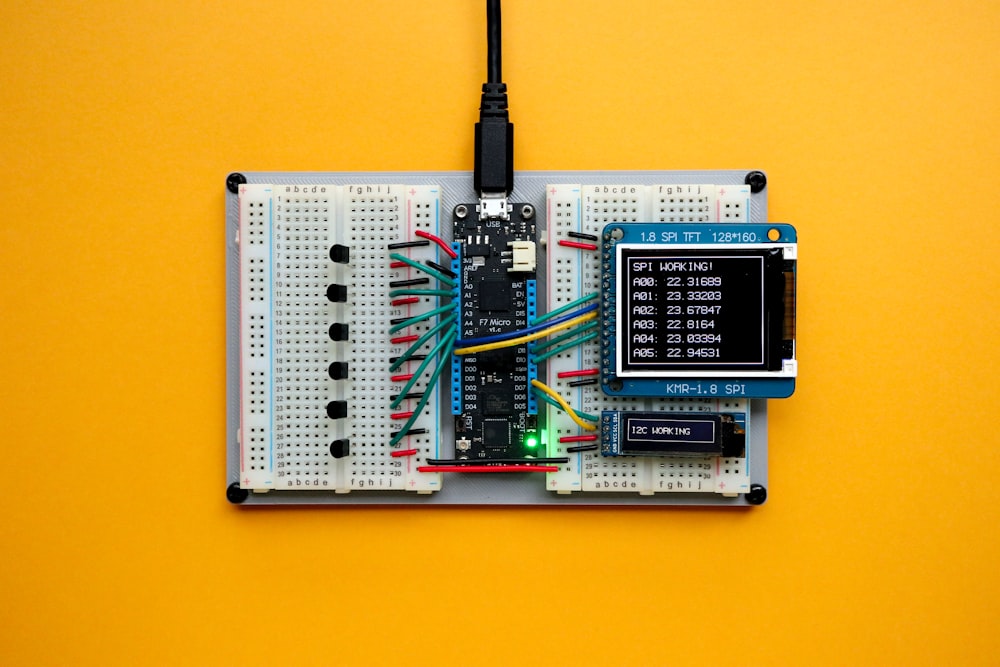目次
実際に日常生活でどのくらい股関節が屈曲するのか?
人工股関節全置換術例では股関節の可動域が制限されることが多いと思います.
股関節の可動域を考えるうえでは日常生活動作でどのくらい可動域が要求されるかを知っておくことが重要です.
これまでも日常生活動作における関節角度を調査した報告は多くありましたが,研究室レベルの実験的な研究が多い状況でありました.
今回はウェアラブルセンサーを使用してリアルな日常生活での股関節屈曲角度を調査した報告をご紹介させていただきます.

今回ご紹介する論文
J Arthroplasty. 2022 Aug;37(8S):S871-S875. doi: 10.1016/j.arth.2022.03.052. Epub 2022 Mar 18.
How Much Hip Motion Is Used in Real-Life Activities? Assessment of Hip Flexion by a Wearable Sensor and Implications After Total Hip Arthroplasty
Alexander P Sah 1
Affiliations expand
PMID: 35307530 DOI: 10.1016/j.arth.2022.03.052
今回ご紹介する論文は2022年に掲載された論文です.
研究の背景
Background: Hip range of motion precautions are often considered a requirement for patients after total hip replacement. Few studies have attempted to estimate hip motion during activities of daily living. The purpose of this study is to evaluate hip range of motion and gait during real-life activities in healthy individuals with a novel tracking wearable sensor.
人工股関節全置換術後例にとって,股関節可動域の予測はしばしば必要条件とされております.
しかしながら日常生活動作時の股関節の動きを推定しようとする研究はほとんどありません.
この研究では新規トラッキング型ウェアラブルセンサーを用いて,健常者の実生活における股関節の可動域と歩容を評価することを目的としております.
研究の方法
Methods: Thirty subjects used a hip motion tracking device during a series of tested activities. Healthy volunteers were selected, and subjects were excluded if they reported symptoms in the limb or known deviation in their gait. Hip flexion was evaluated during common activities of daily living.
対象は30名の健常若年者としております.
一連のテスト活動中に股関節モーショントラッキング装置を使用しております.
四肢の症状や歩行における既知の偏差を報告している場合は除外されております.
股関節の屈曲角度は日常生活における一般的な動作で評価されております.
研究の結果
Results: Hip range of motion during walking averaged minimum to maximum hip flexion of 9.9°-49.3°, respectively. During stair ascent, the average flexion arc widened from minimum 19.6° to maximum 67.8° flexion. Stair descent had the most narrow arc of 26.2°-52.4° hip flexion. Squatting averaged 120.0° of hip flexion, with the transition from sitting to standing averaging 103.0°. Getting on and off of the toilet averaged maximum 112.6°, while tying shoes averaged 126.1° maximum hip flexion.
歩行時の股関節可動域は、最小から最大まで平均してそれぞれ9.9°~49.3°の屈曲を示しました.
階段昇降時の平均屈曲アークは最小19.6°から最大67.8°まで広がりました.
階段降段では股関節屈曲角度は26.2°~52.4°と最も狭い結果でありました.
しゃがみ動作は平均120.0°,座位から立位への移行は平均103.0°の股関節屈曲角度でありました.
トイレへの移乗は平均して最大112.6°,靴紐の結び方は平均して最大126.1°の股関節の屈曲を必要としておりました.
研究の結論
Conclusion: Hip precautions are often enforced after total hip arthroplasty without knowing normal arcs of motion during real-life activities. Knowledge of hip motion during activities of daily living in healthy individuals is useful information in setting goals and in educating total hip arthroplasty patients. This technology can be useful in guiding postoperative precautions and also in monitoring patients after hip replacement with real-time monitoring.
人工股関節全置換術後,実生活における正常な動作アークを知らずに股関節の注意事項が施行されることが多いです.
健康な人の日常生活動作時の股関節の動きに関する知識は,目標設定や人工股関節全置換術患者の教育に有用な情報であります.
この技術は術後の注意事項を指導する際や,人工股関節置換術後の患者をリアルタイムでモニタリングする際にも有用であると考えられます.
今回はウェアラブルセンサーを使用してリアルな日常生活での股関節屈曲角度を調査した報告をご紹介させていただきました.
昨今のウェアラブルセンサー技術の発展は目覚ましいものがありますね.
こういった結果をいかに臨床に活用できるかが重要となるでしょうね.






